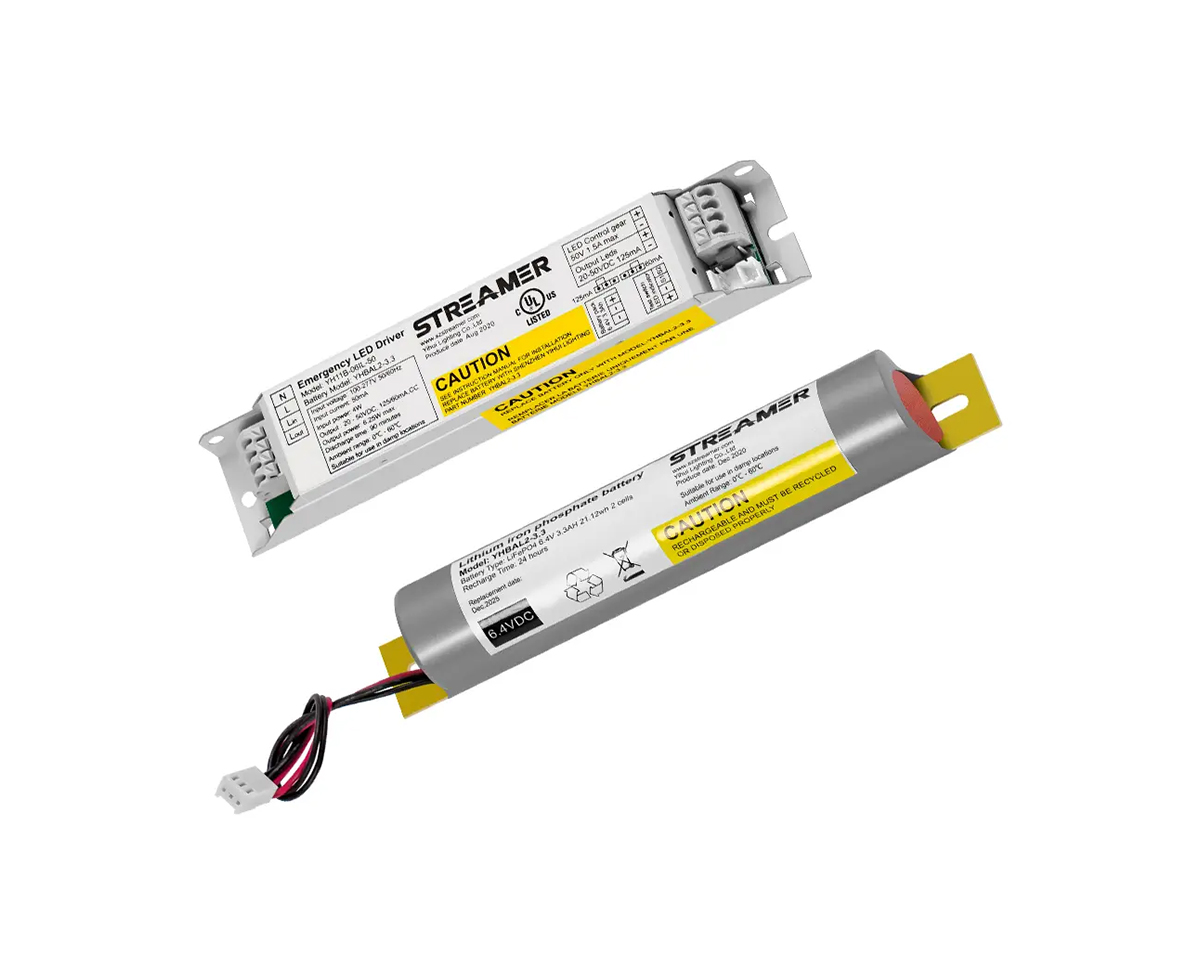 1
1
 Apr 04, 2025
Apr 04, 2025

The chemical characteristics of LED emergency power supplies play a vital role in determining their performance, reliability, and lifespan. These characteristics are mainly related to the materials used in the power supply components, especially the battery, electrolytes, and insulation materials.
The battery is one of the most critical components in an LED emergency power supply, and its chemical properties significantly impact the overall performance. Lithium - ion batteries, which are commonly used in modern LED emergency power supplies, have distinct chemical characteristics. They rely on the movement of lithium ions between the anode and cathode during charging and discharging. The anode is typically made of graphite, which can intercalate lithium ions, while the cathode is composed of materials such as lithium cobalt oxide or lithium iron phosphate. These materials offer high energy density, long cycle life, and relatively low self - discharge rates. However, lithium - ion batteries also require careful management to prevent issues like overcharging or over - discharging, as these can lead to chemical reactions that damage the battery, such as the formation of lithium dendrites or the degradation of the electrolyte.
The electrolytes in LED emergency power supplies are another key aspect of their chemical characteristics. In lithium - ion batteries, organic liquid electrolytes are commonly used, which contain lithium salts dissolved in organic solvents. The choice of electrolyte affects the conductivity, stability, and safety of the battery. For example, some electrolytes may be more prone to decomposition at high temperatures, releasing flammable gases. Therefore, electrolyte formulation is carefully optimized to ensure a balance between performance and safety.
Insulation materials in LED emergency power supplies also have important chemical properties. These materials are used to separate electrical components and prevent short circuits. They must be chemically stable to resist degradation from environmental factors such as moisture, heat, and chemicals. For instance, flame - retardant plastics are often used for insulation, which not only provide electrical isolation but also have good chemical resistance to prevent the spread of fire in case of a malfunction. Understanding the chemical characteristics of LED emergency power supplies is essential for manufacturers to design reliable products and for users to ensure proper operation and maintenance, as any changes in the chemical properties of these components can lead to performance degradation or safety hazards.